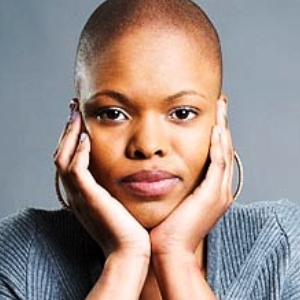
The scales remain tilted in favour of men with regards to education and literacy, employment, and financial standing, Statistician General Pali Lehohla said on Thursday.
Average annual household expenditure is higher for male-led families in comparison with women-led homes, Lehohla said in Pretoria at the release of the Gender Statistics in SA 2011 report.
"Women experience far higher unemployment, they experience a far lower participation rate [in the economy]. If we take only the participation rate of men, we would be having very low unemployment rates in South Africa," he said.
"Even in death, the registration of women who have died is much lower compared to the registration of dead men. That happens because there is nothing to inherit from a woman and a lot to inherit from a man."
Succession practices reinforced this kind of conduct, he said.
At least 32.4% of the population was living under the food poverty line, set at R305 per individual per month. Most were women.
Employment rates
The report showed that the unemployment rate of women was 2.9% higher than the national average. The unemployment rate was 24.9%.
According to the report, men were more likely to be employed than women, regardless of race.
The percentage of those employed was highest among white men and lowest among black women.
The figures indicated that 72.6% of white men were employed, 56.1% of white women, 42.8% black men, and 30.8% of black women.
Lehohla said blacks and coloureds were least likely to attain a tertiary qualification. Black women were more likely to have a tertiary qualification than their male counterparts.
Health and mortality
Regarding health and mortality, the report indicated that female deaths peaked between the ages of 30 to 34, and male deaths between 35 to 39 years.
Women have an average life expectancy of 61.4 years and men 57.7. The average expectancy for the combined population is 59.6 years
Tuberculosis was the perennial major cause of death, followed by influenza and pneumonia. Other major causes were intestinal diseases, heart disease, HIV, diabetes and respiratory illnesses.
Fertility declined from 2.71 children per woman in 2002 to 2.34 in 2013.
In South Africa, 38.8% of women aged 15 to 24 have given birth to at least one child.
There were 51.8 million people in South Africa, 51.4% of them women and 48.6 men.
Of the gross population, 36.6% lived in rural areas while the majority, 63.4%, led urban lives.
The first gender report was published by Stats SA in 1998, titled "Women and Men in South Africa". It was followed in 2002 by "Women and Men in South Africa: Five Years On".
The 2013 report is presented as "Gender Statistics in South Africa, 2011".
It drew information from several surveys including the 2001 Census, the General Household Survey of 2011 and the 2011 Quarterly Labour Force Survey annual data.




 Publications
Publications
 Partners
Partners














